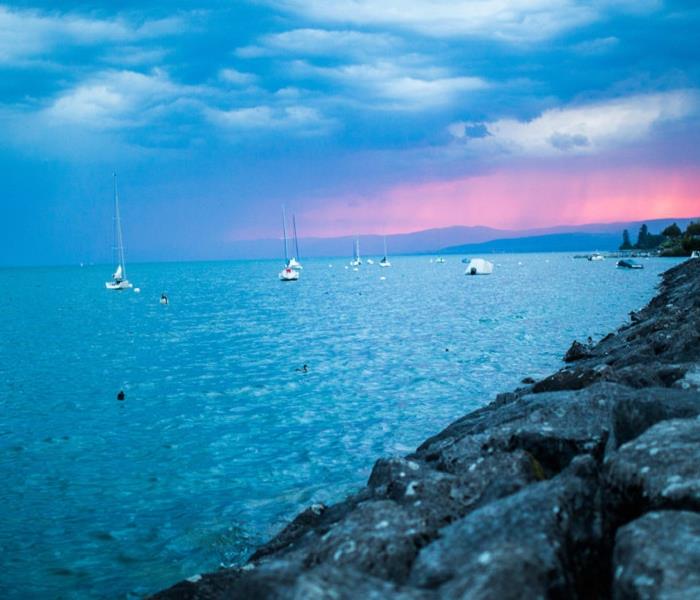The Differences Between Storms
7/27/2016 (Permalink)
With hurricane season in full swing, there are a few terms that are becoming frequent on our morning weather forecasts: Tropical Depression, Tropical Storm, and Hurricane. What is the difference, and how should we react to each?
Tropical Depression
A tropical depression forms when a low pressure area is accompanied by thunderstorms that produce a circular wind flow with maximum sustained winds below 39 mph. Most tropical depressions have maximum sustained winds between 25 and 35 mph.
In the U.S., the National Hurricane Center (NHC) is responsible for issuing advisories upgrading or downgrading tropical activity.
Reconnaissance aircraft missions are sent by the NHC flying into tropical storms to gather data, like wind speeds, to aid in making these classification changes. Surface data from islands, buoys and vessels can also be used to make changes.
These systems can turn into Tropical Storms, and ultimately hurricanes or they can begin to diminish before even making landfall.
Tropical Storm
An upgrade into a tropical storm occurs when cyclonic circulation becomes more organized and maximum sustained winds gust consistently at or above 39 mph, and no higher than 73 mph. Tropical storm status is when the naming of the storm takes place.
These systems can become a problematic when they make land fall with increases in flash flooding for coastal areas.
Hurricane Classification
A tropical storm is then upgraded into Category 1 hurricane status as maximum sustained winds increase to between 74 mph and 95 mph.
The Saffir-Simpson Hurricane Scale is used to rate hurricane intensity in the Atlantic Basin. A 1-5 rating system is used, with Category 1 being a less intense storm and Category 5 very intense.
Only 3 Category 5 hurricanes have made landfall in the U.S. in the 20th and 21st century. The three Category 5 storms to hit the USA were the 1935 Florida Keys "Labor Day" hurricane, Hurricane Camille, which hit Mississippi in 1969, and Hurricane Andrew, which hit Dade County, Fla., on Aug. 24, 1992.
The most important thing to remember during hurricane season is to be prepared! Preparing now will save you from long lines at the store, and afford you effective evacuation routes. When it comes time for clean up after the storm, SERVPRO® of Chesapeake will be here to make it “Like it never even happened.”





 24/7 Emergency Service
24/7 Emergency Service
